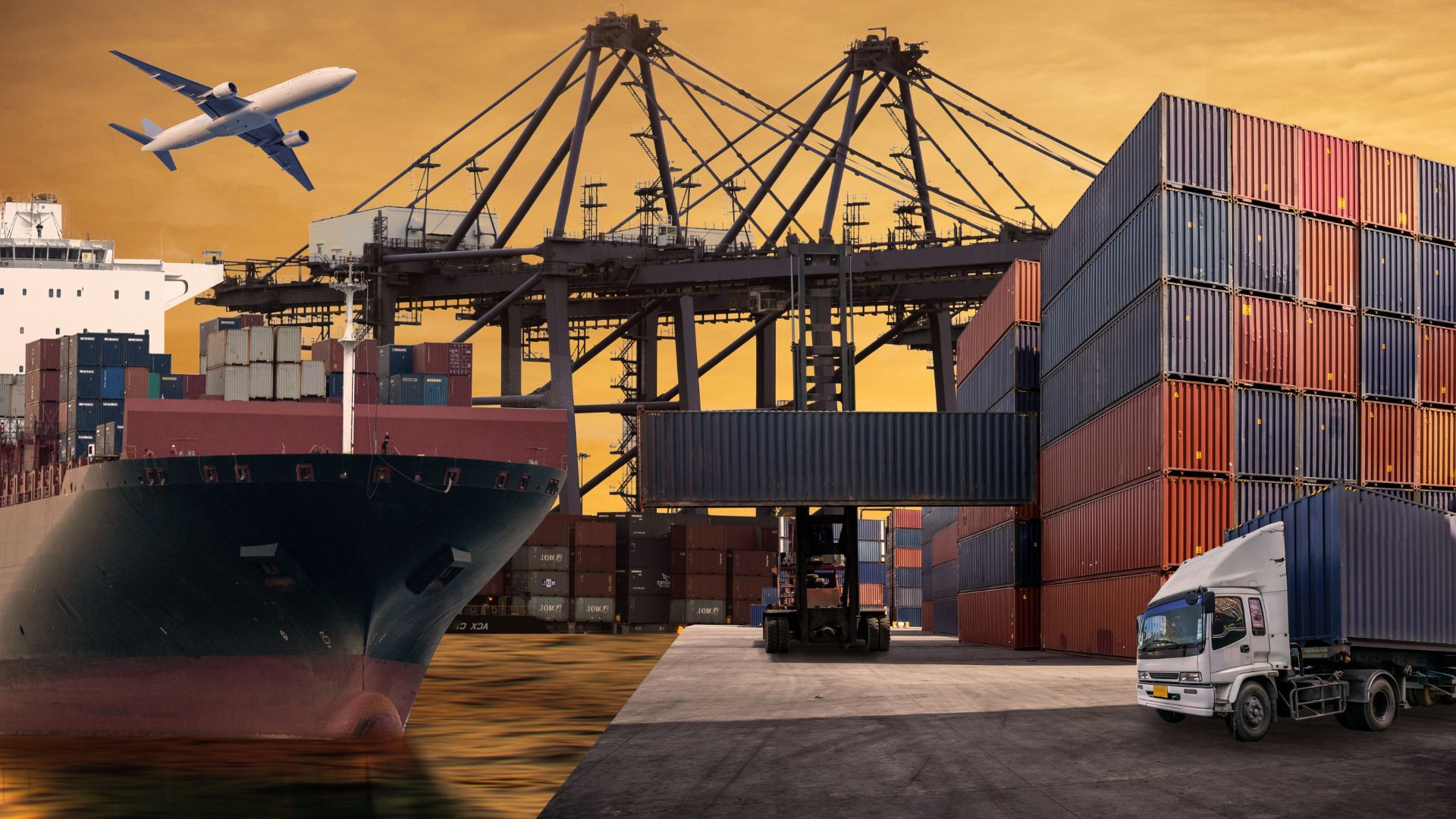 In 2014, India reversed three decades of trade liberalisation by raising import tariffs, long before Brexit (2016) and Donald Trump’s election (2017) sparked deglobalisation impulses. This protectionist instinct is gradually hurting India’s economy by (i) disabling the fourth engine of growth – exports and (ii) imposing a high cost on the economy by way of higher trade deficits and higher foreign exchange outgo. This metamorphosed into a full-fledged import substitution policy embedded in the “AatmaNirbhar Bharat” of 2020. At the time, former Chief Economic Advisor (CEA) Arvind Subramanian had reminded the Indian government that “for three decades a stellar export performance has played a critical role in India’s overall growth”.
In 2014, India reversed three decades of trade liberalisation by raising import tariffs, long before Brexit (2016) and Donald Trump’s election (2017) sparked deglobalisation impulses. This protectionist instinct is gradually hurting India’s economy by (i) disabling the fourth engine of growth – exports and (ii) imposing a high cost on the economy by way of higher trade deficits and higher foreign exchange outgo. This metamorphosed into a full-fledged import substitution policy embedded in the “AatmaNirbhar Bharat” of 2020. At the time, former Chief Economic Advisor (CEA) Arvind Subramanian had reminded the Indian government that “for three decades a stellar export performance has played a critical role in India’s overall growth”.
In FY14, just before the import barriers went up, India’s exports (goods and services) stood at 25% of the GDP. It fell to 21.5% in FY22 and is likely to slide to 21.5% in FY23, going by the first two-quarter data. This may have been unintended but was entirely predictable. Imports, which the policy shift was supposed to bring down, did come down at first from 27% of the GDP in FY15 to 26.3% in FY22, but in FY23 it is likely to touch 31.5% in FY23 – going by the first two-quarter data – far above the FY14 level. This defeats the very purpose of the protectionism or import substitution policy adopted in the name of self-reliance and boost to manufacturing.
India knew well that such a policy regime had spectacularly failed in the 1960s and 1970s, saddling India with inferior but costlier goods and services, and nurturing companies which produced globally uncompetitive (inferior) goods and services for years. For Indians to queue up for years, even a decade, for necessities like telephones and scooters is too well known to bear repetition.
This shift also means trade deficits and foreign exchange outgo is going up – another unintended consequence. In FY14, the trade deficit was -1.8% of the GDP, which went up to -4.8% in FY22. Going by the first two-quarters of FY23 data, it is likely to go as high as -8.4%.
The latest data (goods and services) from the Ministry of Commerce and Industry (for April-November 2022) confirms these trends. It shows, exports grew by 17.7% in FY23 compared to the corresponding FY22, while imports zoomed by 29.5%. As a result, the trade deficit zoomed too, by 135% (from $47 billion to $111 billion) during the same period.
So, it’s a triple whammy – (a) imports didn’t go down as intended (b) exports went up and (c) trade deficits went up.
There is yet another aspect to the trade data.
The rise in imports in FY23 is not in volume but in price – because of rupee depreciation and war-induced supply bottlenecks. The disaggregated data for FY23 (April-October 2022) shows, the import volume grew by a mere 0.2%, while the import prices jumped by 33% over the corresponding period of FY22.
This means, the domestic demand for imports, which is for both consumptions of final products and intermediate products for manufacturing and exports, is stagnant. This is a sign of the stalled economy.
Why China matters
The most embarrassing failure for the government is on the China front.
Its attempts to curb imports from China, which began earlier but took a jingoistic turn after the Chinese incursion in Ladakh in early 2020, have failed. India has imposed import restrictions, discouraged Chinese FDI (which has come down) and targeted its firms operating in India.
But the results are just the opposite of what was intended.
The imports from China zoomed from $70.3 billion in FY19 (pre-Chinese incursion in Ladakh) to $94.6 billion in FY22; the exports improved marginally from $16.8 billion to $21.3 billion and so, the trade deficits zoomed from $53.6 billion to $73.3 billion, during this period. In April-October 2022 (FY23), compared to the corresponding period of FY22, the same trend continues (in imports and exports of merchandise goods); the trade deficits jumped to $51.4 billion as imports zoomed to $60.3 billion.
Now, India is planning more curbs on Chinese imports.
What makes targeting China particularly bizarre is that India imports a large number of capital goods and intermediary products, like electronics, computers, telecom, medicines, chemicals and industrial machinery, which are critical to its domestic manufacturing (AatmaNirbhar) as well as exports. After all, Chinese manufacturing is integral to the global value chains, in which India has a negligible presence. China is not a global hub of manufacturing because of its propaganda but because of its dependence on global major manufacturers operating from advanced economies. By shrugging imports from China, India risks the possibility of joining the global value chains at any time soon.
Why curbing imports hurts exports
Aatma Nirbhar Bharat was adopted in 2020 by the Indian government, despite the strong opposition of both top economic advisors from its first term, Arvind Subramanian and Arvind Panagariya (both had quit for “personal” reasons (read disillusionment with the government).
There are sound economic reasons for free global trade to raise economic efficiencies, and hence, growth. Not all countries can’t produce goods and provide services which are the best in the world, no matter how advanced or “AatmaNirbhar”. India is no match. It is neither advanced (low-medium income economy) nor close to China (developing but middle-income economy). Look at the GDP data for the past few years. The low-productive, low-income agriculture is providing the maximum jobs; urban workers have fled to agriculture even before the pandemic induced an unprecedented distress migration in 2020.
The PLFS reports show agriculture’s share of jobs has persistently gone up to 46.5% and manufacturing’s gone down to 10.9% in 2020-21. A study by Ashoka University and CMIE showed manufacturing jobs halved (fell by 46%) during the five years of FY17 to FY21. The manufacturing’s share in the GDP has stagnant at 17-18% for years. Thus, India’s manufacturing has been too weak to anchor growth and is weakening further when it comes to jobs. It is the services sector which has anchored India’s growth for several decades.
Then there is a global recession in progress.
The big economic powers like the US (already undergone two-quarters of recession in 2022) and the UK face the bigger threats. China is still struggling to come out of the pandemic disruptions. The IMF has lowered global growth from 6% in 2021 to 3.2% in 2022 and 2.7% in 2023. The WTO says, starting with the second half of 2022, the growth in merchandise trade volumes would shrink to 1% in 2023.
When global growth and trade go down, India’s growth and trade will be hurt, even if not in the same proportion. The least India can do is to avoid self-inflicting wounds, and we haven’t even talked about the sheer unpredictability and frequency of imposing bans on exports (rice, wheat, sugar etc.) and changing windfall tax (oil exports).
Centre for Financial Accountability is now on Telegram. Click here to join our Telegram channel and stay tuned to the latest updates and insights on the economy and finance.

